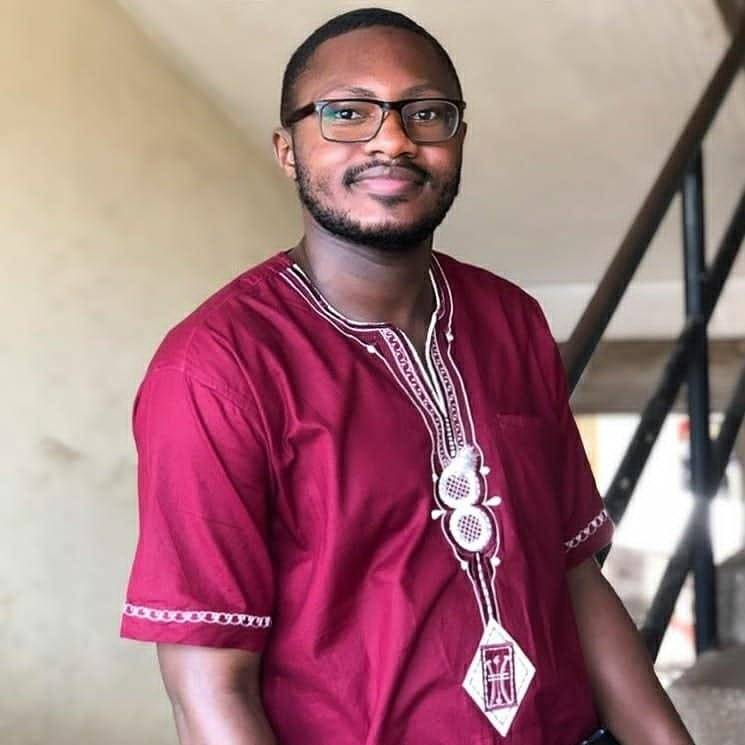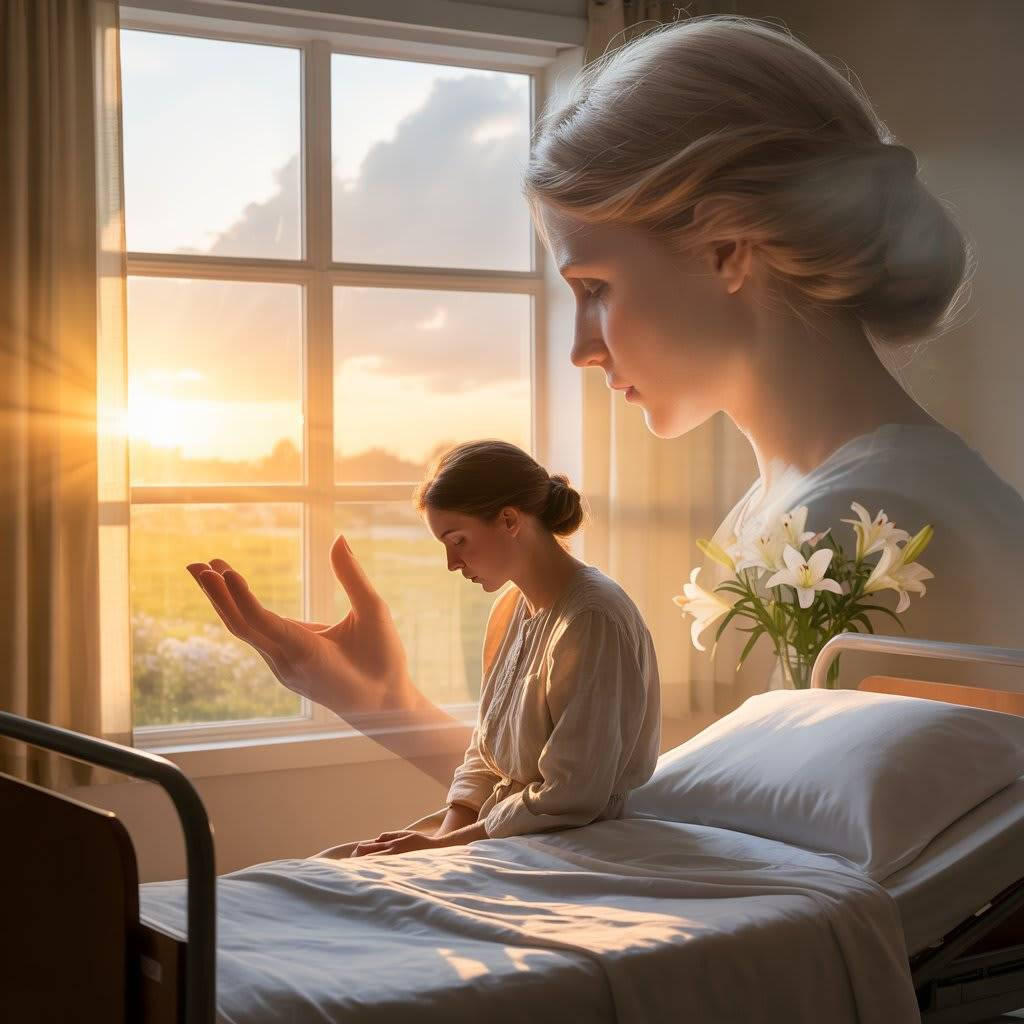From Grief to Glory: A Journey Through the Shadows
You ever have one of those moments where life just stops? Not in a poetic, slow-motion way, but in that gut-punch kind of way where the world keeps spinning, but you’re stuck, frozen, trying to make sense of the pieces? That was me, three years ago, standing in my childhood backyard, staring at the old oak tree my dad and I used to climb. He was gone—taken by a heart attack no one saw coming. And there I was, 32 years old, feeling like a kid again, lost and small under that sprawling tree.
Grief is a funny thing, isn’t it? It’s not just sadness. It’s this heavy, shapeless thing that sits on your chest, sometimes quiet, sometimes screaming. But here’s the kicker: it can also be the spark that lights something new, something you never saw coming. I want to take you on that journey today—not just mine, but the messy, beautiful way grief can lead to something brighter. Because, you know, life has a way of surprising you.
The Weight of Loss
When Dad died, I didn’t cry right away. I wanted to, but the tears wouldn’t come. Instead, I cleaned. I scrubbed the kitchen counters until my hands were raw, organised his old toolbox, and folded every piece of laundry in the house. It was like if I could control something, the world wouldn’t feel so chaotic. Ever done that? Thrown yourself into busywork just to keep the pain at bay?
Psychologists call this avoidance, but I called it survival. My dad wasn’t just my dad—he was my compass. He taught me how to change a tire, how to laugh at my own bad jokes, how to keep going when life felt too heavy. Losing him was like losing the map to myself. But here’s where it gets interesting: in that fog of grief, I started noticing things. Little things. Like how the oak tree’s leaves caught the sunlight just right at dusk, or how Dad’s old flannel shirts still smelled like his aftershave.
A Flicker of Something New
One day, maybe six months after he passed, I found his old sketchbook tucked in a drawer. Dad wasn’t an artist, not professionally, but he loved doodling. Pages of half-finished drawings—trees, birds, even a wonky sketch of our dog, Max. I sat there, flipping through it, and for the first time in months, I laughed. It wasn’t much, just a quiet chuckle, but it felt like a crack in the clouds.
That’s when I started drawing again. I hadn’t picked up a pencil since high school art class, but something about those sketches called me back. I’d sit under that oak tree, sketching the world around me—kids biking down the street, the neighbour's cat napping in the sun, the way the sky turned pink before a storm. It wasn’t about making masterpieces. It was about finding a way to breathe again. You ever find something that feels like it’s saving you, even if you can’t explain why?
Real-World Threads
I’m not alone in this, you know. Take Elizabeth Gilbert, the author of Eat, Pray, Love. After her marriage fell apart, she didn’t just wallow—she travelled, ate, prayed, and found herself again. Or look at Keanu Reeves, who’s been open about losing his girlfriend and unborn child years ago. He’s said in interviews that grief never really leaves, but it changes you, pushes you to find meaning. For him, it’s been acting and philanthropy. For me, it was a sketchbook and a tree.
There’s this study I stumbled across—okay, fine, I Googled it late one night when I couldn’t sleep. Researchers at Harvard found that creative expression, like writing or drawing, can help people process grief. It’s not about “fixing†the pain but giving it a place to go. And that’s what I was doing, I guess. Pouring the ache onto paper, one shaky line at a time.
The Turn Toward Glory
Here’s where the story shifts, and I hesitate to call it “glory†because it sounds so grand, doesn’t it? Like I climbed a mountain or won an Oscar. But glory doesn’t have to be big. Sometimes it’s just finding a reason to get out of bed. For me, it was turning those sketches into something more. I started sharing them online—not expecting much, just wanting to connect. And people responded. Strangers left comments saying my drawings of everyday moments—like a coffee mug on a rainy windowsill—made them feel less alone.
Last year, I held my first little art show in a local café. Nothing fancy, just some framed sketches and free cookies. But standing there, watching people linger over my work, I felt… alive. Like I’d taken the weight of grief and built something with it. Not instead of the pain, but alongside it.
A Quiet Reflection
I still miss Dad every day. Some mornings, I wake up and forget he’s gone for a split second, and it hurts all over again. But I’m learning that grief doesn’t have to be the end of the story. It’s a chapter, maybe the hardest one, but it can lead somewhere new. I think about that oak tree a lot—how it’s stood through storms, lost branches, but keeps growing. Maybe we’re like that, too.
What’s your oak tree? That thing that keeps you grounded when life feels like it’s falling apart? I don’t have all the answers, but I know this: there’s something on the other side of grief, even if it’s just a flicker at first. Keep looking for it. You might be surprised what you find.


